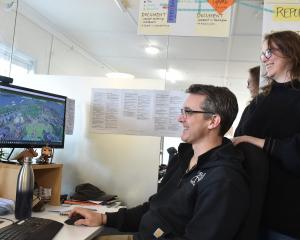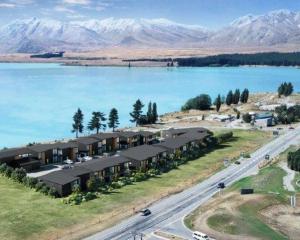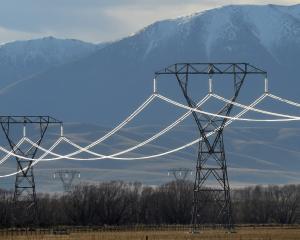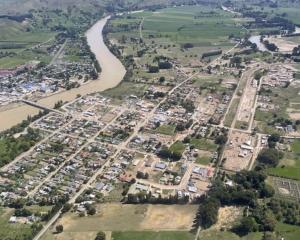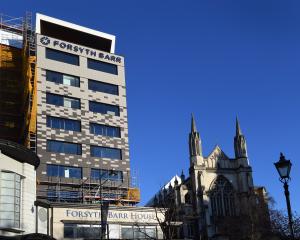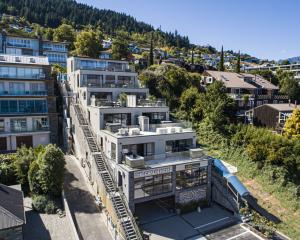Large mining permit applications by Australian iron-ore giant Fortescue Metals Group and explorer Glass Earth Gold - totalling more than 45,000sq km across New Zealand - have been granted in recent months.
Smaller miners in Otago and the West Coast have been critical of the applications, claiming they will tie up tenements for long periods and exclude them from exploration, especially at a time when global gold prices around $US950 an ounce have prompted record New Zealand prices earlier in the year of $NZ1886, with the foreign exchange rate.
However, both Fortescue and Glass Earth have come to accommodations with some small miners in recent months and surrendered tenements to up to 12 smaller operations.
Last August, Fortescue applied for a total 11 permits, ranging from Southland to Northland (but none in Otago) covering more than 20 mineral types and more than 28,000sq km, including a contentious 4000sq km on the West Coast.
In contrast, Glass Earth has the single largest single permit in the country, originally covering 30,000sq km, but down to 15,400sq km at present, in Otago.
It has obtained a two-year exploration extension as it attempts to move from being an explorer to producer with plans for alluvial and possibly hard-rock gold extraction to underpin its financial future.
Crown Minerals operations manager Matthew Brown said Fortescue had been granted nine of the 11 applications so far, with no reduction in tenement size, and including the 4000sq km tenement on the West Coast.
While highlighting that several small miners had gained surrenders by Fortescue and Glass Earth, he noted that the ability to apply for large prospecting and exploration permits had been available for the past 18 years and "was not new".
The small miners' concerns had been prompted by recent high gold prices and that they had gold mining machinery sitting idle, Mr Brown said.
Crown Minerals would continue to "monitor" the effects of large scale tenement applications and while not ruling out a review of the process, there were no plans to initiate a review, he said.
About half the Fortescue permits granted so far were for two-year prospecting rights and the remainder five-year exploration permits.
Crown Minerals was still in negotiation with Fortescue over the remaining two applications, mainly over its proposed work programmes.
Crown Minerals had not processed the applications as a portfolio, but each on a case-by-case basis, Mr Brown said.
There was criticism of Fortescue having applied for the rights over more than 20 minerals.
Mr Brown said the company was principally a "bulk commodity company", interested in coal and iron ore, but it wanted to secure the rights to other minerals which it might come across during exploration.
While both companies have said they would negotiate with smaller miners and allow access, some Otago miners spoken to do not want to pinpoint the areas they are interested in to larger companies holding permits.
Mr Brown said so long as the present permit-holder would entirely surrender the area, an application would be considered.
However, if there was no surrender, Crown Minerals would not process an application.
He said there was too much uncertainty surrounding overlapping permits, which could change hands or raise other commercial issues following prospecting or exploration.
Mr Brown said within Glass Earth's two-year extension were "built in" six-monthly relinquishments periods for it "to consider" dropping the overall permit size by 30% each time.
"We'll be saying, if you are not using it, then surrender [part] of the permit," Mr Brown said.
The use of relinquishment periods was not a new concept, he said.

